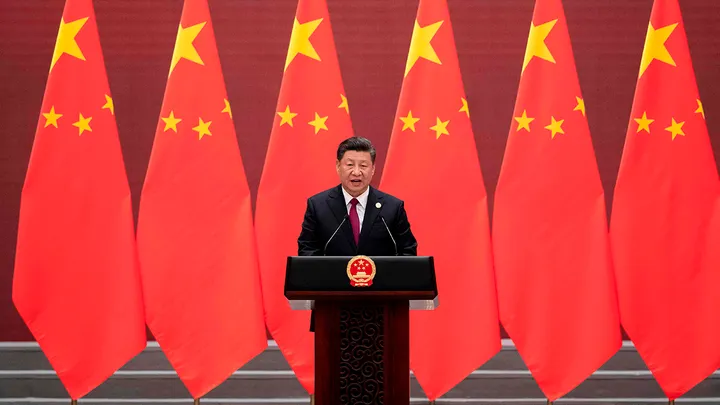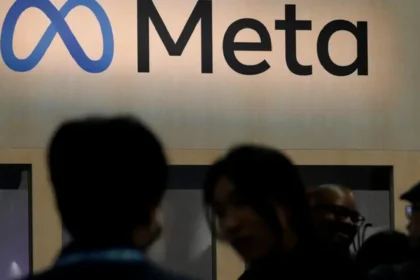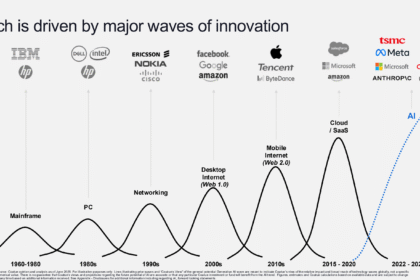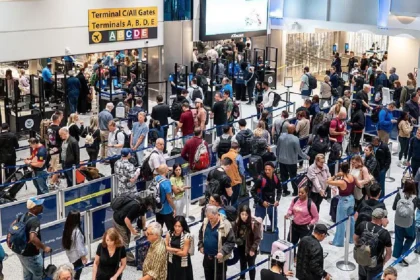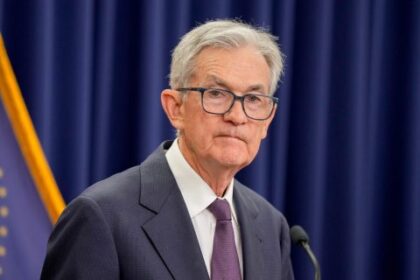President Donald Trump’s America First trade agenda is beginning to deliver results — and Beijing is feeling the pressure.
For months, critics and legacy media outlets claimed tariffs would slow U.S. growth. But the evidence is mounting that Trump’s strategy is reshaping global trade dynamics, revitalizing domestic industries, and shielding America’s farmers from unfair competition. The message is clear: the days of subsidizing China’s rise at America’s expense are over.
Manufacturing and Agriculture Rebound
New tariff protections are driving the reshoring of critical industries and bolstering U.S. agriculture. Domestic manufacturing is showing signs of revival, investment is flowing into strategic sectors, and American farmers are better protected against unfair Chinese practices and biosecurity threats.
For decades, the Chinese Communist Party (CCP) targeted the foundations of the American economy, hollowing out factories, cheating farmers, and manipulating markets. Trump’s trade policies mark a decisive shift, ensuring that U.S. workers and producers no longer face this disadvantage.
A Growing Biosecurity Threat
Beyond trade disputes, recent incidents highlight a troubling pattern of CCP-linked interference. U.S. prosecutors revealed that “Fusarium graminearum” — a dangerous crop fungus — was illegally trafficked into America by individuals tied to CCP-affiliated research institutions. This pathogen can devastate crops, threaten livestock, and even harm human reproductive health.
Other concerning cases include five Chinese nationals caught surveilling a military site in Michigan, as well as multiple reports of Chinese students photographing sensitive U.S. defense locations. Taken together, these actions suggest a coordinated effort to undermine American security and stability from within.
Public Support for Stronger Domestic Production
The risks have not gone unnoticed by the American people. A recent Protecting America Initiative poll found that 71% of Americans want farm inputs like pesticides produced domestically, rather than relying on imports from China. Strengthening the supply chain at home is increasingly viewed as both an economic and national security priority.
A Proven Strategy in Action
Trump’s record on trade enforcement is clear. When Europe was undercutting U.S. markets with unfair trade practices, he responded with tariffs — forcing the EU to negotiate and ultimately bringing relief to American industries. Now, he’s applying that same approach to China.
Beijing is learning what Brussels already did: America will no longer tolerate one-sided deals. Trump’s tariff policies are recalibrating global trade in favor of U.S. workers, innovation, and strength.
Economic Policy Meets National Security
More than just an economic plan, Trump’s tariff strategy doubles as a national security measure. It protects farmers, strengthens factories, and safeguards America from biological and industrial sabotage.
As Trump’s trade agenda continues to roll out, it’s sending a powerful message to allies and adversaries alike: the United States will defend its interests, its industries, and its people.


